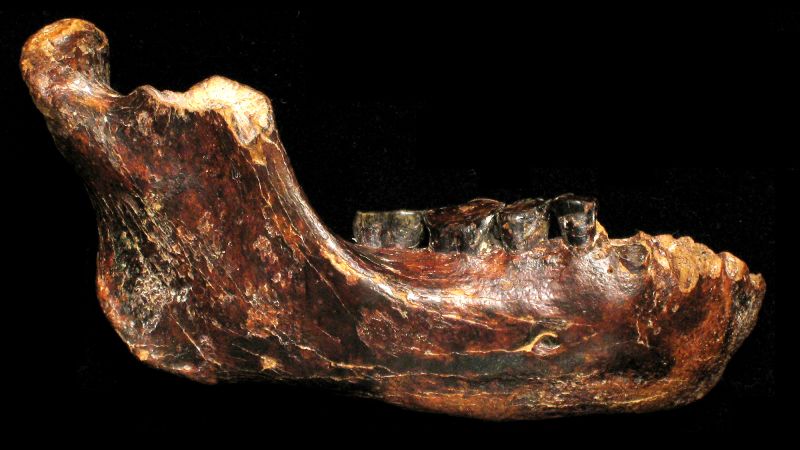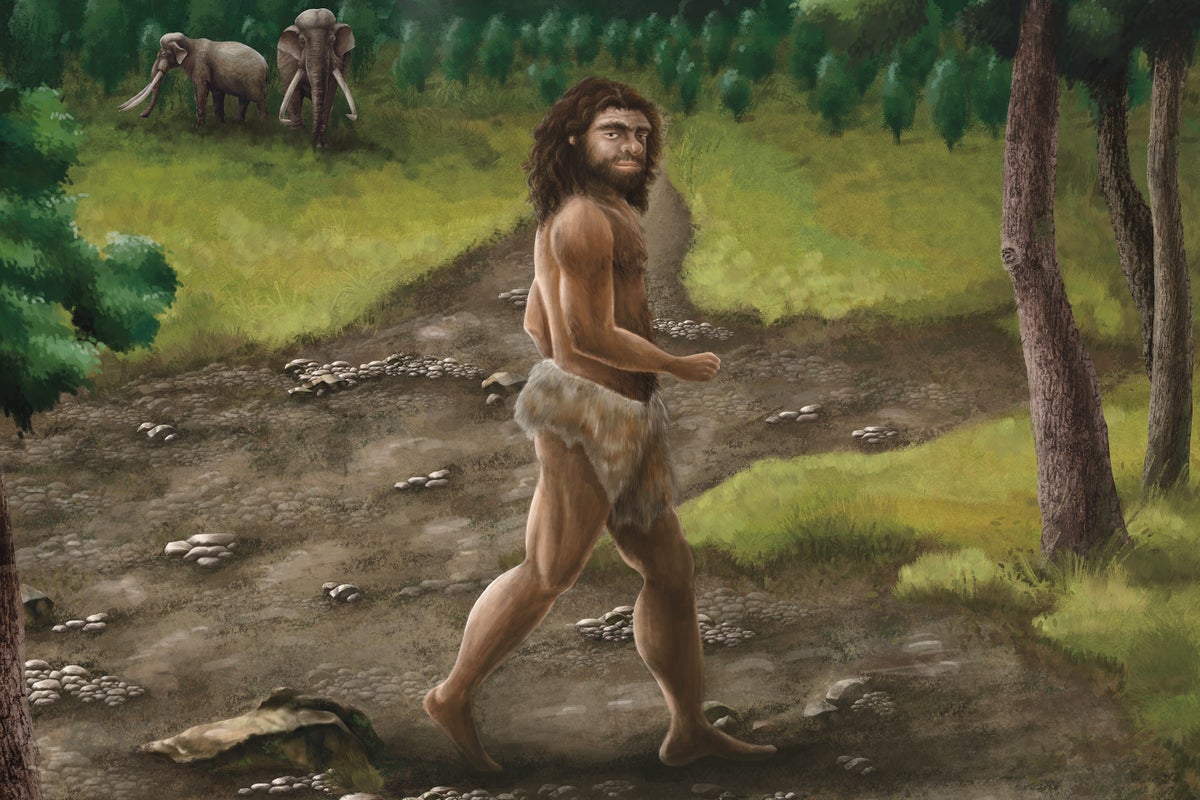Discovery of Denisovan Jawbone Confirms Species' Broader Geographic Range
Scientists have confirmed an ancient jawbone found in Taiwan belonged to a Denisovan male, enhancing understanding of this enigmatic human species.

The discovery establishes the third place that the enigmatic ancient humans first identified in 2010 were definitively known to have lived and shows that the Denisovans occupied a diverse range of environments: Siberian mountains, the high-altitude Tibetan Plateau and the humid subtropical latitudes.
Jawbone dredged up from the seafloor expands the range of a mysterious species of ancient human
 CNN·8d·ReliableThis source consistently reports facts with minimal bias, demonstrating high-quality journalism and accuracy.Leans LeftThis outlet slightly leans left.
CNN·8d·ReliableThis source consistently reports facts with minimal bias, demonstrating high-quality journalism and accuracy.Leans LeftThis outlet slightly leans left.
The discovery reveals an impressive geographic range for the ancient species, which lived at the same time as – and interbred with – modern humans and Neanderthals.
Jawbone fossil builds richer image of ancient Denisovans
 The Guardian·8d·ReliableThis source consistently reports facts with minimal bias, demonstrating high-quality journalism and accuracy.Leans LeftThis outlet slightly leans left.
The Guardian·8d·ReliableThis source consistently reports facts with minimal bias, demonstrating high-quality journalism and accuracy.Leans LeftThis outlet slightly leans left.The probable identification of the jawbone from Taiwan as Denisovan expands the region where scientists know these ancient people once lived.
Ancient jawbone from Taiwan belongs to a mysterious group of human ancestors, scientists say
 Associated Press·9d·ReliableThis source consistently reports facts with minimal bias, demonstrating high-quality journalism and accuracy.CenterThis outlet is balanced or reflects centrist views.
Associated Press·9d·ReliableThis source consistently reports facts with minimal bias, demonstrating high-quality journalism and accuracy.CenterThis outlet is balanced or reflects centrist views.
The scarcity of fossils is striking because DNA evidence suggests Denisovans flourished throughout East Asia for hundreds of thousands of years.
 Scientific American·9d·Mostly ReliableThis source is generally reliable but sometimes includes opinion, propaganda, or minor inaccuracies.Leans LeftThis outlet slightly leans left.
Scientific American·9d·Mostly ReliableThis source is generally reliable but sometimes includes opinion, propaganda, or minor inaccuracies.Leans LeftThis outlet slightly leans left.
Summary
An ancient jawbone, discovered in the Penghu Channel off Taiwan, has been confirmed as belonging to a Denisovan male, marking a major addition to the fossil record of this mysterious group of ancient humans. The specimen, likely over 10,000 years old, provides insights into Denisovan adaptation to diverse environments from Siberia to Southeast Asia. Confirmed through protein analysis, it showcases the species' prominent jaw and large molars, underscoring their coexistence and interbreeding with modern humans and Neanderthals. This discovery, alongside previous findings, suggests Denisovans had a wide geographic range and diverse habitats.
Perspectives
The discovery of a Denisovan jawbone in Taiwan expands the known geographic range of this enigmatic human species, confirming their existence across diverse climates from Siberia to Southeast Asia.
Denisovans are poorly understood, mainly due to the scarcity of fossils, with only a few verified remains identified since their discovery over a decade ago.
Though the extraction and analysis of proteins from the jawbone provide encouraging results, further data is necessary to fully validate its identification as a Denisovan.
FAQs
No FAQs available for this story.
History
- 8d
- 8d
- 8d